Notice the lane departure warning light on your dashboard?
And you’re wondering:
- What does the light mean?
- How helpful is it in a vehicle?
- How to use this feature?
I’ve created this guide to help you understand this system and how it works.
Keep reading to learn more.
What Does Lane Departure Warning Light Mean?
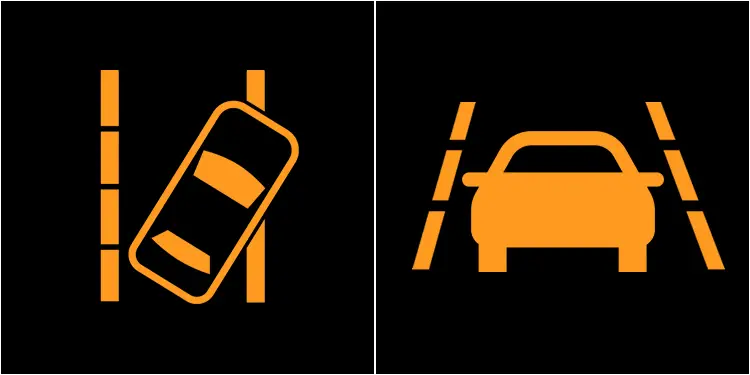
A Lane Departure Warning System (LDW) is a safety feature that alerts you when your vehicle accidentally starts to drift off its lane. The feature helps prevent unintentional lane-switching, which can result in an accident.
If the LDW light on your dashboard illuminates, your vehicle is moving to one side of the road without an active turn signal.
Once you correct the steering and get the vehicle aligned again, the warning light will turn off by itself.
However, if the warning light is still on after taking appropriate action, it might be a sign that the system is faulty. At this point, you should get a professional mechanic to inspect the vehicle.
In addition, automobile manufacturers have taken this safety feature up a notch with the Lane Keeping Assist (LKA) feature. The LKA system has the same functionality as the LDW. Nevertheless, the LKA intervenes when you do not take action after the LDW.
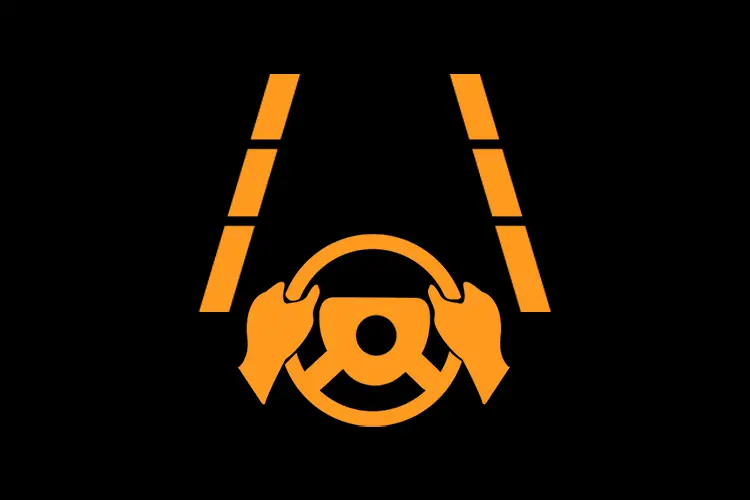
Is It Safe to Drive with the Lane Departure Warning Light On?
Yes. It might be safe to continue driving if the LDW light is on because your car begins to drift out of its lane without the turn signal being activated. Nevertheless, you should pay close attention to the warnings and respond appropriately.
If the problems mentioned earlier are not the cause and the light remains on even after taking appropriate action, chances are there is an issue with the system. In such an event, you should get the vehicle checked by an expert.
How Does the LDW Work?
The lane departure system uses a sensor, camera, or a combination of both (close to the rearview mirror) to identify lane markings on the road. This system functions best when visible paint stripes are on both sides of the car.
The camera and/or sensor work together to recognize the lane markers and track the vehicle’s position within the lane.
Once your vehicle is getting too close to the right or left side of the markings on the lane, and you did not activate your turn signal, the warning sign, the vibration, and/or the sound will activate to alert you of the potential danger ahead.
Unintentional lane switching or drifting is one of the causes of road accidents, and the LDW is designed to prevent that.
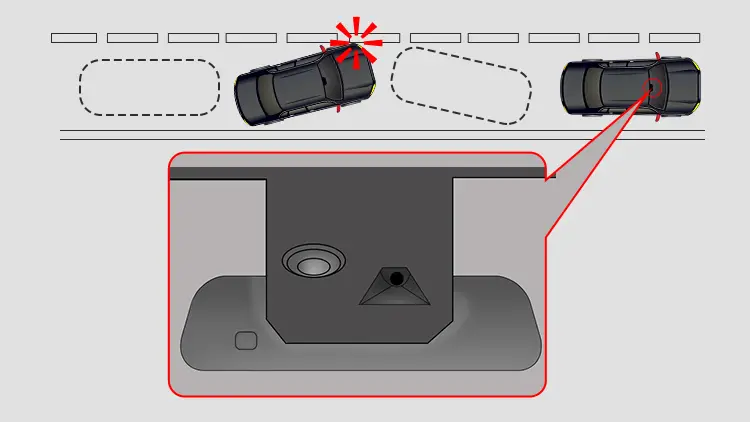
I had an encounter with this feature sometime last year. My 2021 Honda CR-V was drifting off my lane because I was trying to change the radio station.
Fortunately, the system alerted me, and I immediately returned to the lane’s center.
Even when I wasn’t paying for the dashboard, the system vibrated, alerting me of the danger ahead. I quickly got back on track and drove safely to my destination.
Overall, LDW is an essential feature for improving road safety and preventing accidents.
Now that you understand the importance of LDW and how it works. Let’s look at how to use it effectively while driving.
How to Use LDW
There are two ways to use the LDW depending on your car’s brand and year of manufacture. Some LDW systems automatically activate once you start the vehicle, while you would need to press the LDW button to activate this feature in some cars.
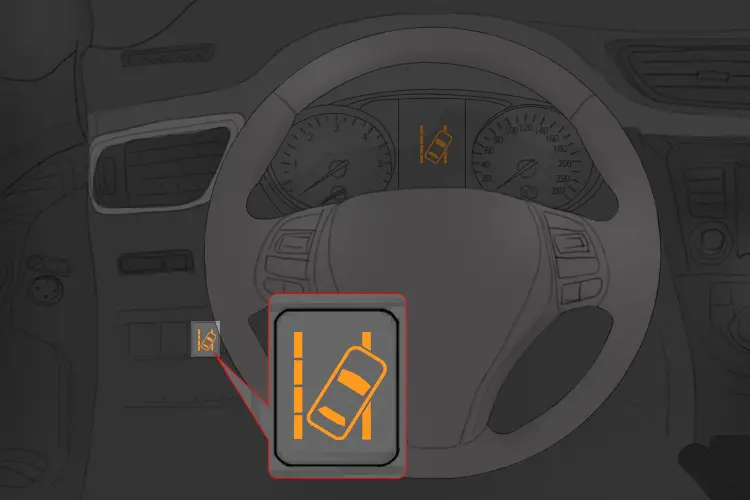
The performance of the LDW system depends on where and how you use it. It is designed to produce optimal results in certain conditions, which are as follows:
- Driving in the center of a lane with clear markings on both sides of the road
- Turning signals of your car are deactivated
- Maintaining a straight lane and switching less frequently
- Driving on a straight or gently curved road
- Maintaining a speed of over 40 mph
The LDW does not operate in the following cases:
- Driving on the road with undetectable or invisible road markings
- Making sharp turns frequently
- Driving in bad weather conditions (snow, fog, and rain)
- Driving on roads with long tight curves
- Moving at a speed less than 40 mph
What’s Next?
Now you know what lane departure warning means and how it works. It alerts you when your vehicle drifts off the lane, which could lead to an accident.
Remember that LDW is designed to help keep you safe on the road, but it’s still up to you to drive responsibly and follow safe driving practices.
Have you used this feature in your car before? Please leave a comment and share your experience with me.
Learn more
Lane departure warning and prevention: An excellent video that shows you how the LDW system works.
SRS light: A well-written article to provide you with the causes of SRS light coming on and how to fix it.

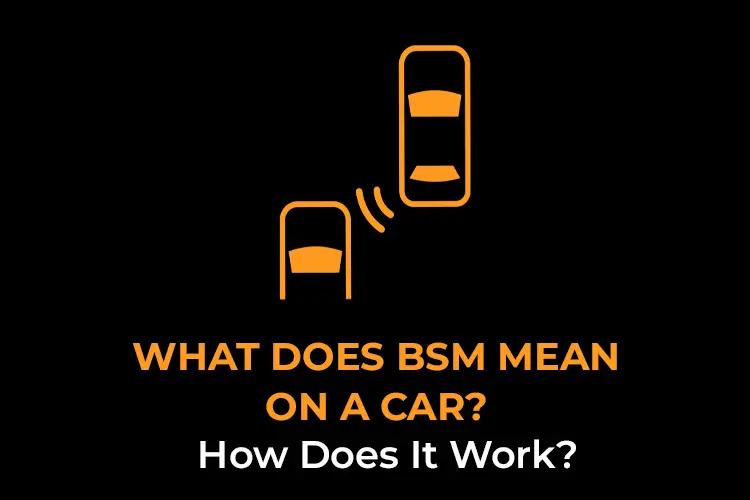

Recommended for you
ABS Light on the Toyota Camry: 5 Causes and How to Fix It
BMW Emergency Call Malfunction: 5 Causes and How to Reset
Adaptive Headlight Malfunctions on BMW: Here is How to Fix